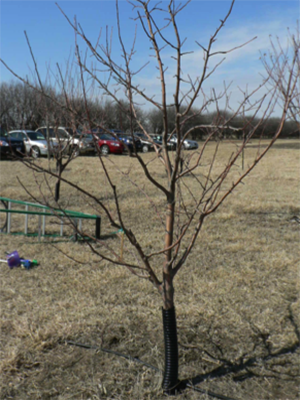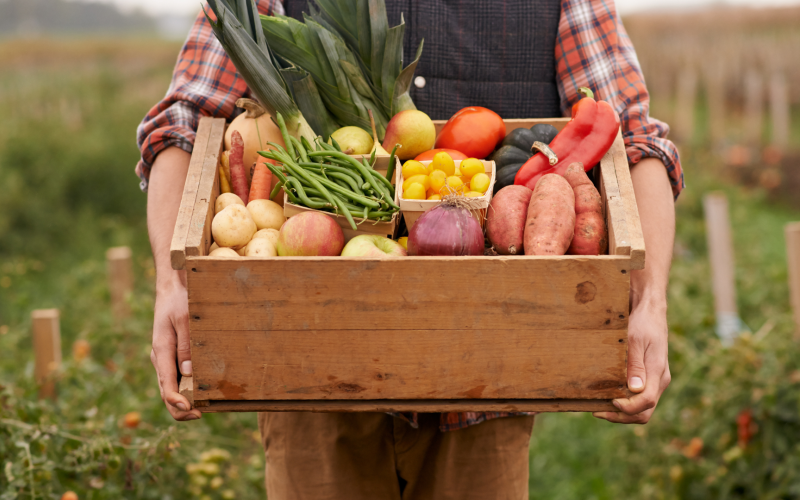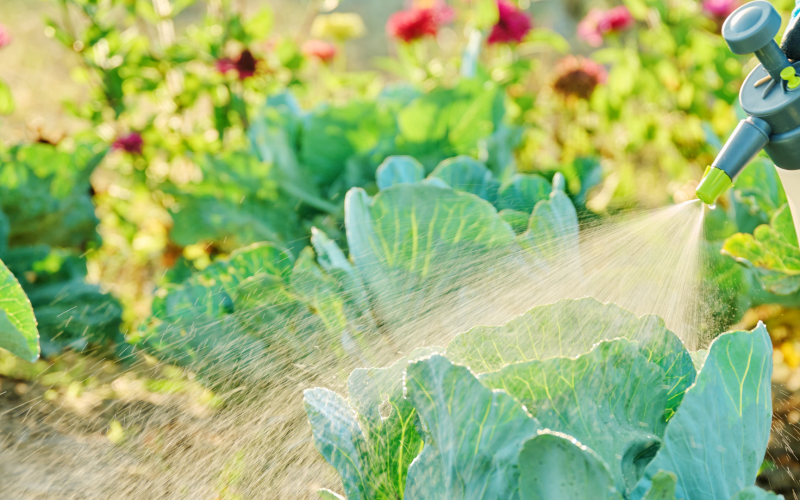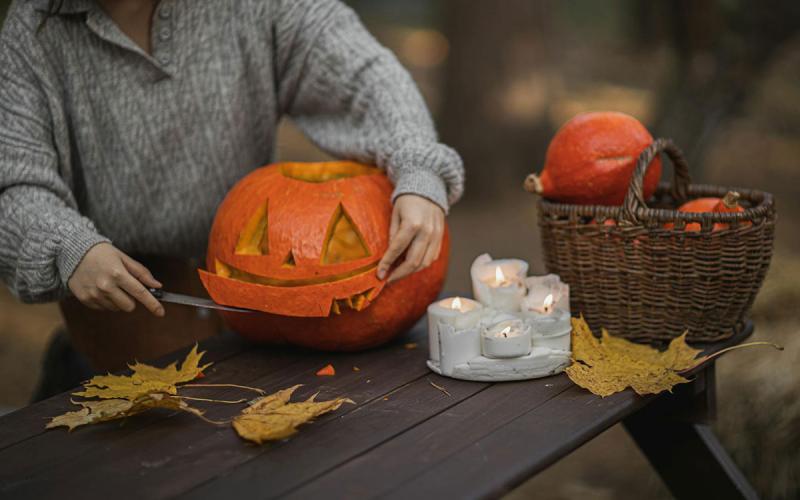Training is probably the most neglected aspect of growing fruit trees. Most people ignore the pruning needs of their young trees and instead wait until the tree is reaching maturity before beginning pruning. Once you have a mature tree it is very hard to restore it to a good fruit trees.
When to Start?
The ideal period to train young trees is during the first five years after planting. Training young trees help to develop the desirable tree form and structure. This is the best time to establish the proper spacing and arrangement of the scaffold limbs. These are the permanent major branches that are directly attached to the trunk. Thinning out these branches while they are smaller diameter is much less harmful to the tree and will minimize the formation of decay.
The best time to prune fruit trees is in March, after the danger of extremely cold weather is behind us yet before the tree resumes growth in the spring. While pruning can be done earlier in the winter, if we experience an abnormal cold snap in February or early March this might result in tip dieback and branch death. These branches should be removed before further training is done.
Pruning Scaffold Limbs

Leaders
Scaffold limbs must be properly selected to maintain an even distribution of limbs to ensure adequate light for fruit production. One of the most persistent training problems is the development of two main leaders rather than a single leader. This problem is most common with plums, but it will also occur with apples and pears among other fruit trees. These double leaders, also referred to as codominant stems, are weakly attached and are prone to splitting or breaking. Avoid the formation of codominant branches by eliminating one of the two upright stems. This should be done as soon as the formation is noticed and preferable before each stem reaches a diameter of more than ½-inch. Even the single terminal stem of the tree should be pruned to a side branch or limb at about 6 to 8 feet. This is referred to as the modified leader system of pruning where the terminal growth is redirected so the tree does not grow too tall. Pruning to 6 to 8 feet should only be performed on dwarf apples, cherries and plums. Pears should be allowed to continue to grow a taller stem.

Spacing
Scaffold limbs should be spaced evenly along and around the trunk. As the tree matures and these branches increase in diameter, they can become too tightly spaced and begin to interfere with one another’s development. Closer spacing may also result in rubbing or cracking and will also result in a dense canopy hence less fruit and what is produced will be lower quality. The spacing for scaffold should be approximately 8 to 14 inches apart with a radial distribution around the trunk. The limbs selected for scaffold limbs should be form about a 60° angle to the trunk. The first scaffold limb should be at about 2 ½ feet above the ground. The highest limb should be at about 6 to 8 feet. This 2 ½ to 8 foot distance allows harvest without having to bend too low or reach too high. The picture to the right is the same trees shown on the first page but after pruning. The lowest limb is at about 2 feet and the terminal has been cut to a side branch at about 7 feet. The limbs are spaced about 1 foot apart. This is a tree that is on its way to be an excellent fruit bearing tree.


